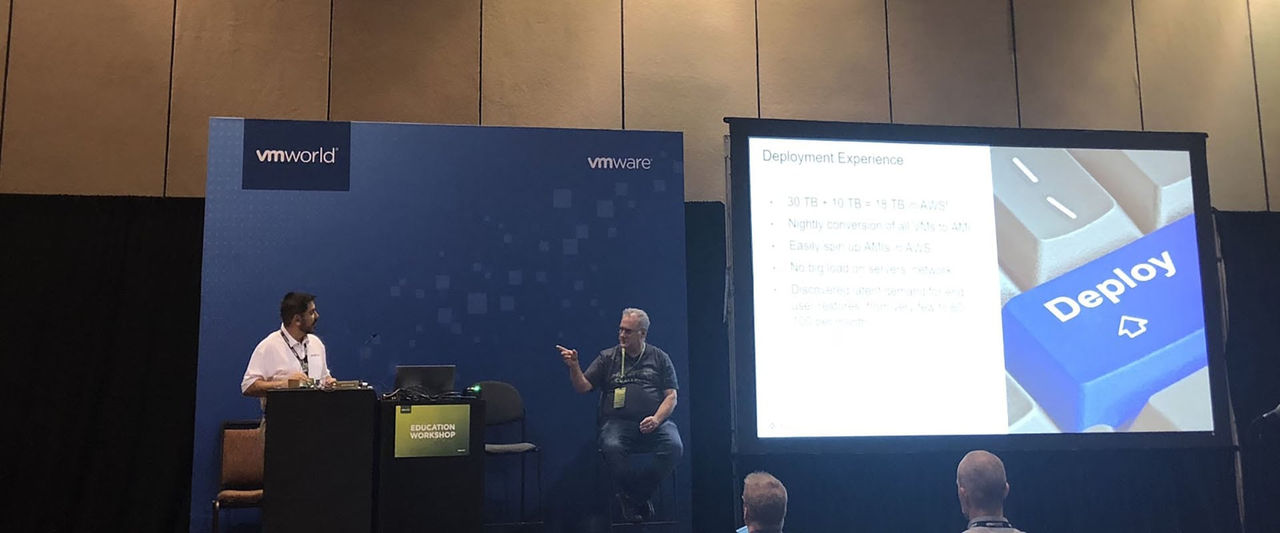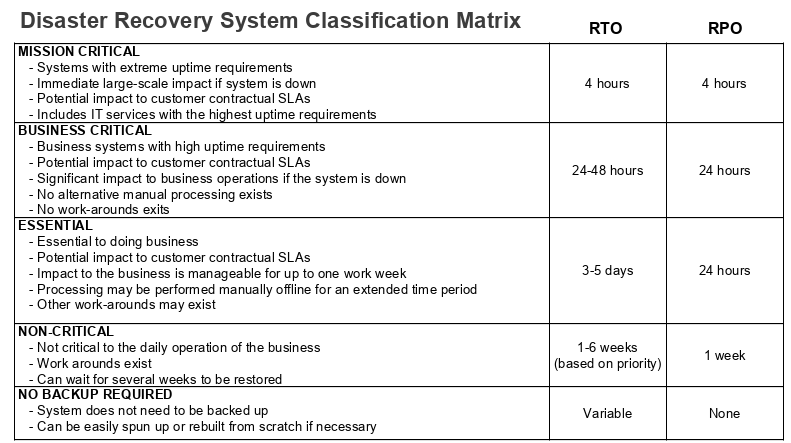SailPoint, an industry pioneer and market leader in identity governance, presented this week at VMworld 2018 on how the company re-evaluated it’s business’ data recovery approach as it marched toward its November 2017 IPO. As SailPoint looked to the company it would become in the future, one thing was clear – it needed to put the right processes in place and control costs.
SailPoint & Druva Phoenix: Three Keys To Backup and Recovery


The company went through an extensive audit process that included a number of criteria that had to be met:
- Ability for remote data protection and disaster recovery
- Protection against total site loss
- Minimizing infrastructure costs
Coming out of the process, the team selected Druva Phoenix, and recognized three keys that made the move to Druva successful and helped position the company for future growth.
Include Everyone
To start the data audit, the IT team created five designations for data: mission critical, business critical, essential, non-critical and no backup required. After creating these categories, the teams sought input from all business units, tasking each with sorting their data and applications into appropriate categories, as well as outlining their expectations for data backup regularity and file recovery time. What the team learned, according to Chris Ortiz, SailPoint senior systems administrator, was that expectations and reality were not aligned. The team needed to improve objective times for backup, realizing that it would take days or weeks to get sites up and running, when they were targeting hours.

Not All Backups are Created Equal
After sorting all of the appropriate data and applications, the next step was finding an ideal solution that fit everyone’s needs in the immediate term and that could also grow with SailPoint’s future demands.
The team evaluated five solutions in total, spanning on-premise hardware vendors, colocation solutions, and cloud providers. However, none could meet SailPoint’s requirements of providing backup and recovery with minimal infrastructure and cost, while simultaneously meeting each team’s timeline, which in some cases required recovery in as little as four hours.
The Value of Recovery On Demand
In moving to Druva Phoenix, the team was able to store more than 40TB worth of data in as little as 18TB through global deduplication which eliminated unnecessary data copies. Druva’s infrastructure on-demand has enabled SailPoint to add more VMs to their backup with minimal impact on total backup size, increasing only by MBs, not TBs. In addition, SailPoint was able to backup all “mission-critical” data in less that two days, allowing the company to quickly move to backing up essential and non-critical data. In fact, the backup process moved so quickly the team was able to turn its attention to writing a business recovery plan for a complete restore.
After experiencing the intuitive nature of the Druva Cloud Platform first hand, the team also decided to give users access to backups for restoring as needed. Ortiz has seen a dramatic increase in the number of data recovery requests, with up to 100 file recoveries a month, compared to the 1-2 restores typically seen with previous solutions. While previously users may have opted to live with any minor mistakes, they are now embracing the ability to recover files and update systems correctly.